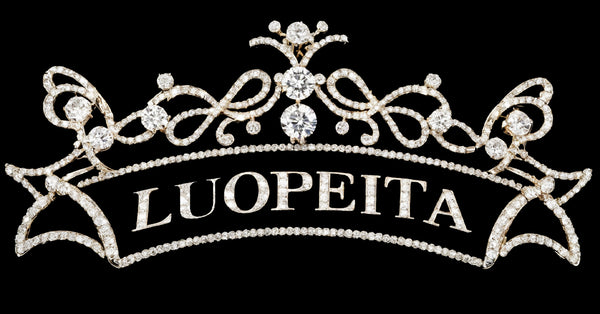What is Tie-Dye?
Tie-Dye: A Comprehensive Guide to Techniques, Applications, and Pros & Cons
Introduction to Tie-Dye
Tie-dye is a vibrant, pattern-based textile art form that involves folding, twisting, and binding fabric before applying dyes to create colorful, psychedelic designs. With roots in ancient dyeing techniques and a resurgence in 1960s counterculture, tie-dye remains popular in fashion, DIY crafts, and artistic expression. This article explores the technical process, modern applications, and key advantages and disadvantages of tie-dye.
How Tie-Dye Works: Techniques & Process
Tie-dye uses resist-dyeing methods, where fabric is manipulated to prevent dye from reaching certain areas. The most common techniques include:
1. Binding Methods
-
Spiral – Fabric is twisted into a spiral before dye application, creating a sunburst effect.
-
Crumple (Random Fold) – Fabric is scrunched randomly for an abstract, marbled look.
-
Stripes/Bullseye – Fabric is folded in pleats or circles for geometric patterns.
2. Dye Application
-
Fiber-Reactive Dyes – Most common for cotton; chemically bond with fabric for long-lasting color.
-
Natural Dyes – Derived from plants (e.g., turmeric, indigo) for eco-friendly options.
-
Ice Dyeing – Ice is placed on fabric, and dye powder is sprinkled on top, creating watercolor-like effects.
Step-by-Step Process:
-
Pre-Wash Fabric – Removes coatings that may resist dye absorption.
-
Fold & Bind – Fabric is tied with rubber bands, strings, or clips to create resist areas.
-
Apply Dye – Liquid or powdered dye is applied manually or via immersion.
-
Set the Dye – Fabric is wrapped in plastic and left for 6–24 hours to allow color fixation.
-
Rinse & Wash – Excess dye is rinsed out until water runs clear, then washed separately.
Applications of Tie-Dye
Tie-dye is widely used in:
-
Fashion – T-shirts, hoodies, dresses, and accessories for a bohemian or retro style.
-
Home Décor – Custom curtains, pillowcases, and tapestries.
-
Festival & Streetwear – Popular in music festivals and youth culture.
-
DIY & Sustainable Fashion – Upcycles old clothing with unique designs.
-
Brand Collaborations – Used by major brands like Nike, Converse, and Gucci for limited-edition collections.
Advantages of Tie-Dye
✅ Unlimited Creativity – No two pieces are identical; endless pattern possibilities.
✅ Eco-Friendly Options – Can use natural dyes and upcycled fabrics.
✅ DIY-Friendly – Requires minimal equipment; accessible for beginners.
✅ Cultural & Artistic Value – Celebrates self-expression and craftsmanship.
Disadvantages of Tie-Dye
❌ Inconsistent Results – Difficult to replicate exact designs.
❌ Color Bleeding – Improper rinsing can cause dyes to run in later washes.
❌ Labor-Intensive – Hand-dyeing is time-consuming for large batches.
❌ Fabric Limitations – Works best on natural fibers (cotton, silk); less effective on synthetics.
Tie-Dye vs. Other Resist-Dyeing Techniques
| Technique | Tie-Dye | Batik | Shibori |
|---|---|---|---|
| Method | Binding + dyeing | Wax resist + dyeing | Folding + indigo dyeing |
| Pattern Style | Bold, psychedelic | Detailed, hand-painted | Subtle, organic |
| Best For | Casual wear, DIY projects | Traditional art, formal wear | Japanese-inspired designs |
| Difficulty | Beginner-friendly | Requires wax skills | Moderate to advanced |
Future of Tie-Dye
With growing interest in sustainable fashion, tie-dye is evolving with:
-
Low-Waste Techniques – Using leftover dyes and recycled fabrics.
-
Digital Tie-Dye Printing – Mimics the look without water waste.
-
Natural Dye Innovations – Plant-based dyes with improved colorfastness.
Despite trends, handmade tie-dye remains beloved for its artisanal charm.
Conclusion
Tie-dye is a timeless, versatile art form that bridges fashion, art, and sustainability. While it requires patience and skill to master, its creative potential and cultural significance keep it relevant in modern design. Whether for DIY projects or high-fashion statements, tie-dye offers a unique way to personalize textiles.
